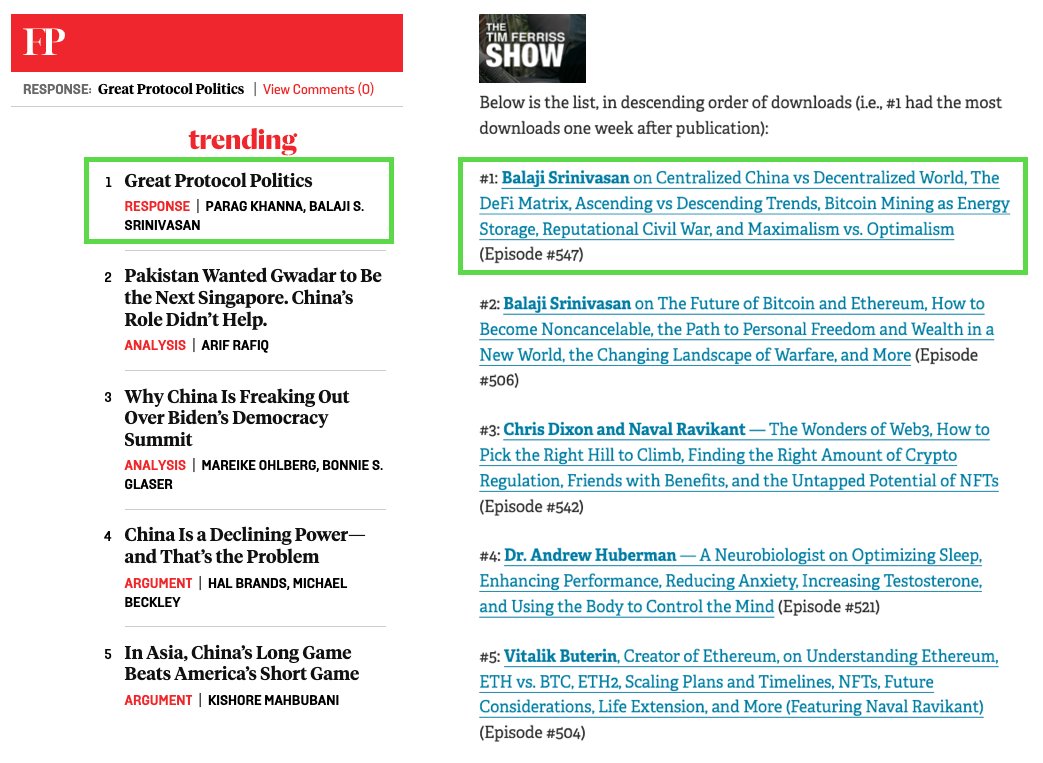
I wrote up a detailed piece on how we can combine web2 and web3 tools to automate the mess of angel investing.
The key concept is a mirrortable, which is to a cap table what a stablecoin is to a fiat currency.
balajis.com/mirrortable
The key concept is a mirrortable, which is to a cap table what a stablecoin is to a fiat currency.
balajis.com/mirrortable
The mirrortable is a non-ideological productivity improvement for angel investors. You don’t need to want to End the Fed to end the process of chasing documents across dozens of apps.
This post is the 5300 word expansion of the 280 character remark below.
This post is the 5300 word expansion of the 280 character remark below.
https://twitter.com/balajis/status/1474654167658483715
Why do we want to streamline angel investing? So we can invest in more founders, in more countries. So we can decentralize the process of wealth creation, backing people in the Midwest and the Middle East.
Here's the feature set we'll want to do that.
balajis.com/mirrortable/
Here's the feature set we'll want to do that.
balajis.com/mirrortable/
Updated FAQ
1) Added details and code snippet on how to do on-chain KYC with ENS.
2) Unlike most security tokens, mirrortables require no changes to law. They're just an on-chain mirror of an already compliant off-chain process.
balajis.com/mirrortable/#f…
1) Added details and code snippet on how to do on-chain KYC with ENS.
2) Unlike most security tokens, mirrortables require no changes to law. They're just an on-chain mirror of an already compliant off-chain process.
balajis.com/mirrortable/#f…
• • •
Missing some Tweet in this thread? You can try to
force a refresh












